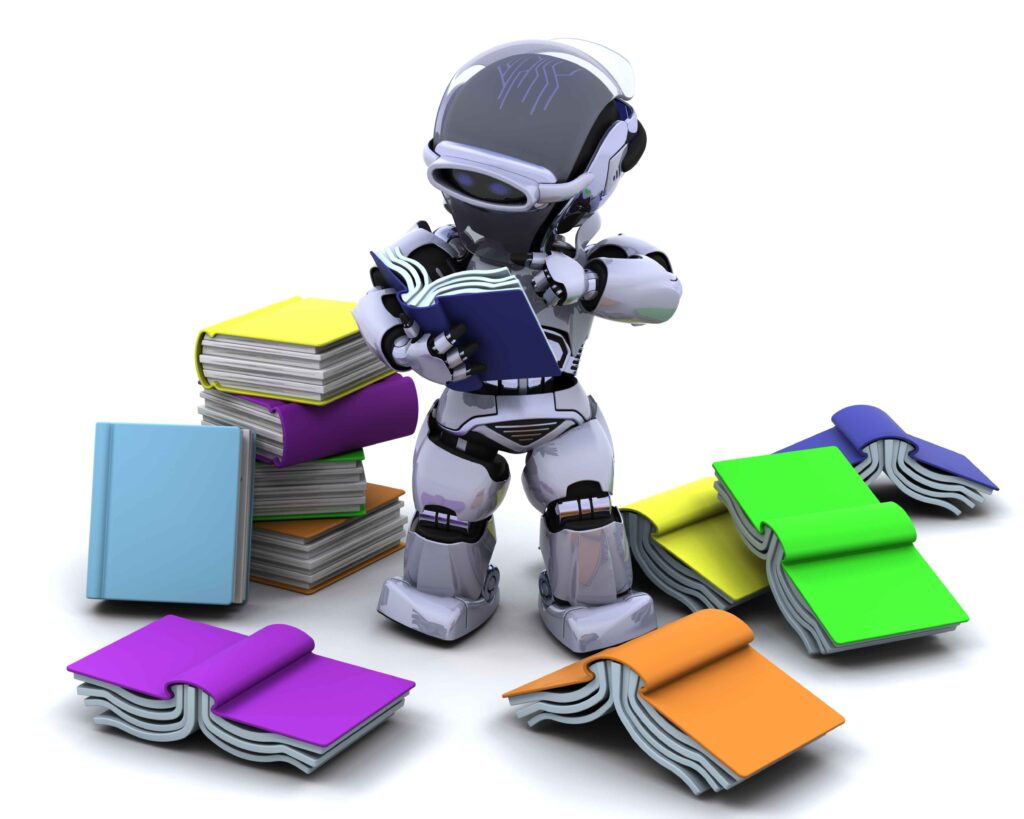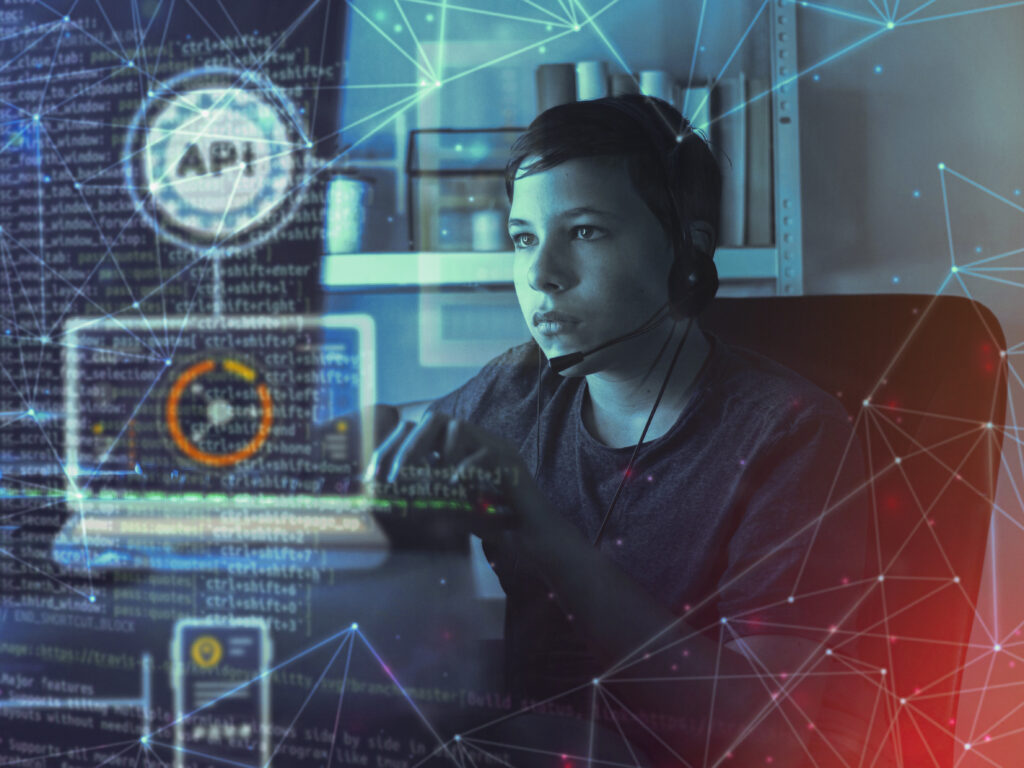Hardest Programming Languages in 2025
Unlocking the secrets of AI’s toughest programming languages may seem like an overwhelming challenge, but it’s the key to mastering the future of technology. Whether you’re struggling with the hardest programming language to learn, navigating the complexities of the C programming language, or trying to decode the toughest coding language, this guide will take you step by step through the journey of AI mastery.
Artificial Intelligence is built on some of the hardest computer languages, requiring a deep understanding of neural networks, algorithm optimization, and data structures. But don’t let the difficulty hold you back—this is where the real innovation begins. Learning the hardest coding language isn’t just about writing complex lines of code; it’s about unlocking AI’s full potential and staying ahead in the tech revolution.
From breaking down the core principles of the toughest programming language to providing expert insights on conquering the challenges, this guide will equip you with everything you need to succeed. Whether you’re an experienced developer or just starting, mastering AI’s hardest programming language will set you apart in the competitive world of artificial intelligence.
Get ready to push the limits of coding, tackle the toughest programming challenges, and elevate your expertise in AI development. The future of AI belongs to those who can master its language—are you ready to leap?
Understanding the significance of programming languages in AI

Programming languages serve as the backbone for developing artificial intelligence systems. They provide the tools and syntax for developers to communicate with machines and create algorithms that can learn from data. In AI, the choice of programming language can significantly affect project efficiency, scalability, and maintainability.
For example, languages like Python, R, and Java are widely used due to their extensive libraries and frameworks that simplify the implementation of complex algorithms and models. Understanding these languages is essential for anyone looking to dive into AI, as they enable the creation of intelligent systems that can analyze, predict, and even learn from their interactions.
Moreover, programming languages in AI are not just about writing code but also encompass computer science and statistics principles. A solid grasp of data structures, algorithms, and computational theory is crucial for implementing AI solutions effectively. For instance, manipulating arrays, lists, and trees can lead to more efficient data processing and model training. The significance of programming languages in AI is thus twofold, they are the tools for creating AI applications and require a foundational understanding of computer science concepts to be utilized effectively.
Understanding the significance of programming languages in AI not only empowers developers to utilize existing tools but also encourages them to contribute to the ongoing evolution of these languages, enhancing their effectiveness in solving real-world problems.
Challenges of mastering AI programming languages
Mastering programming languages in AI is fraught with challenges that can deter even the most determined learners.
Advanced programming concepts
Languages like C++ or Julia, often cited as some of the hardest programming languages, require a deep understanding of memory management, pointers, and complex data structures, which can be overwhelming for beginners. The intricacies involved in managing resources and optimizing performance can lead to frustration, especially when learners attempt to grasp foundational concepts while simultaneously tackling advanced topics in AI.
Technological advancement in AI
It that programming languages and frameworks constantly evolve. What was relevant a year ago may not hold the same importance today. Moreover, the abundance of online resources can sometimes be a hindrance than a help. With so many tutorials, courses, and guides, it can be challenging to identify the most effective learning path, leading to confusion and wasted time.
Complexity of AI
AI encompasses various subfields, such as machine learning, natural language processing, and computer vision, each requiring specialized knowledge and skills. Mastering a programming language in the context of AI means understanding the language’s syntax and semantics and grasping the underlying theories and algorithms that drive AI systems.
This multifaceted nature of AI programming can lead to a feeling of being overwhelmed, especially for those new to the field, making it essential to approach learning with a structured and focused mindset.
Overview of the hardest programming languages for AI

Several programming languages are often regarded as particularly challenging for AI development due to their complexity and the depth of knowledge required to use them effectively. One of the most notable is C++, a language known for its performance and efficiency. While it provides powerful features such as object-oriented programming and low-level memory manipulation, its steep learning curve can be daunting. C++ requires a solid understanding of programming concepts and system architecture, making it less accessible for beginners yet invaluable for developing high-performance AI applications.
Julia is another language that has gained traction in the AI community, primarily due to its speed and ease of use for mathematical computations. However, mastering Julia requires a different mindset, as its syntax and functional programming paradigms can be a departure from more familiar languages like Python.
The language is designed for high-performance numerical analysis and computational science, making it an excellent choice for specific AI tasks but posing a challenge for those accustomed to standard programming approaches. Understanding the nuances of Julia is essential for leveraging its full potential in AI development.
Lastly, Haskell is often cited as one of AI’s most challenging programming languages due to its functional programming paradigm and lazy evaluation model. While Haskell is not as commonly used in AI as Python or R, its strong type system and emphasis on immutability can lead to highly reliable code.
However, the steep learning curve associated with Haskell can be a barrier for many developers. Gaining proficiency in Haskell requires learning its syntax and embracing a fundamentally different approach to programming, which can be a significant hurdle for those transitioning from imperative programming languages.
Deep dive into mastering the hardest programming language for AI
To truly master one of the hardest programming languages for AI, such as C++, it’s crucial to start with a solid foundation iMastering Hard AI Programming Languages
- Build a Strong Foundation in Programming
- Start with basic syntax and constructs (variables, control structures, functions).
- Focus on understanding core programming fundamentals to build complex algorithms.
- Advance Your Skills
- Study object-oriented programming, templates, and the Standard Template Library (STL).
- Learn to write efficient and reusable code by diving into advanced topics.
- Gain Practical Experience
- Engage in hands-on projects like building AI applications and algorithms.
- Work on real-world projects ranging from simple machine learning models to complex neural networks.
- Participate in coding challenges, contribute to open-source projects, and collaborate with peers for broader insights.
- Leverage Online Resources and Communities
- Utilize tutorials, forums, and online courses tailored to advanced AI programming.
- Join coding communities, attend workshops, and seek mentorship from experienced developers.
- Use platforms like GitHub, Stack Overflow, and specialized coding websites for support and feedback.
- Embrace Persistence and Challenges
- Recognize that mastery comes with persistence and a willingness to learn from challenges.
- Continuously refine your skills and remain open to new techniques and innovations.
Practical Applications and Case Studies of AI Programming
Healthcare–
- AI in Medical Diagnostics:
- Machine learning models (using Python libraries like TensorFlow and Keras) analyze medical imaging.
- AI algorithms assist radiologists in detecting anomalies, improving diagnostic accuracy.
- Impact:
- Enhanced patient outcomes through early detection and improved treatment planning.
- Finance–
- Fraud Detection and Risk Assessment:
- AI programming languages such as R and C++ analyze real-time transaction data.
- Algorithms identify unusual patterns, indicating potential fraud.
- Benefits:
- Financial institutions can significantly reduce losses by detecting fraudulent activities early.
- Improved security for clients’ financial information.
- Fraud Detection and Risk Assessment:
- Autonomous Vehicles
- Self-Driving Technology:
- Companies like Tesla and Waymo employ C++ for performance-critical tasks and Python for machine learning models.
- AI algorithms process sensor and camera data to enable dynamic and safe navigation.
- Outcome:
- Increased safety and efficiency in transportation systems.
- Transformation of the future of mobility through advanced AI-driven innovations.
- Self-Driving Technology:
Key Takeaways
Mastery in AI programming is critical as these technologies continue to transform various industries.
Foundational Learning:
Start with basic programming fundamentals and gradually move to advanced topics.
Practical Engagement:
Real-world projects and coding challenges solidify your understanding and improve problem-solving skills.
Community and Resources:
Online platforms, workshops, and mentorship are essential for continuous improvement.
Real-World Impact:
AI programming languages drive significant advancements in healthcare, finance, and transportation.
Future-Oriented Approach:
- Mastery in AI programming is critical as these technologies continue to transform various industries.
By following these structured steps and leveraging practical applications, you’ll be well-equipped to master even the most challenging programming languages for AI.
Resources for learning AI programming languages
Embarking to master AI programming languages requires access to quality resources. Numerous online platforms offer structured courses aimed at teaching various languages relevant to AI.
Digital Platforms: Websites like Coursera, edX, and Udacity provide courses ranging from introductory programming to advanced machine learning techniques. These platforms often feature content created by industry experts and leading universities, ensuring you receive a comprehensive education in the subject matter. These resources can help establish a strong foundation in programming languages and AI concepts.
Online Courses & Books: They serve as excellent resources for deepening your understanding of AI programming languages. Titles such as “Python Machine Learning” by Sebastian Raschka and “Deep Learning” by Ian Goodfellow provide insightful perspectives and practical guidance on applying programming languages to AI tasks. Reading foundational texts can enhance your theoretical knowledge and provide useful examples you can replicate and learn from. Furthermore, many specialized books focused on specific languages, such as “C++ Primer” for mastering C++, can be invaluable for focused study.
Coding communities and forums: It is also an effective way to learn and exchange knowledge. Platforms like Stack Overflow, GitHub, and Reddit’s programming subreddits offer spaces where you can ask questions, share your work, and collaborate. Discussions can expose you to diverse viewpoints and solutions, fostering a deeper understanding of programming languages. Additionally, attending local meetups, hackathons, or webinars can provide networking opportunities and connect you with like-minded individuals who share your passion for AI programming.
Leveraging AI programming skills in the job market
As the demand for AI solutions continues to rise, professionals with expertise in AI programming languages are increasingly sought after in the job market.
AI Development Companies: Companies across all sectors recognize AI’s potential to enhance their operations, which has led to a surge in job openings for AI developers, data scientists, and machine learning engineers. To leverage your AI programming skills effectively, building a strong portfolio showcasing your projects and accomplishments is essential. Highlighting your experience with complex algorithms, data processing, and language proficiency will set you apart from other candidates.
Networking: It is a crucial aspect of leveraging your skills in the job market. Attend industry conferences, workshops, and meetups to connect with professionals in the AI field. Building relationships with industry leaders and peers can open doors to job opportunities and collaborations. Additionally, consider joining professional organizations and online communities dedicated to AI and programming. Engaging with these groups can provide insights into industry trends, job openings, and best practices, equipping you with the knowledge and connections needed to advance your career.
Latest developments in AI technology: It is essential for maintaining your competitive edge in the job market. Subscribe to industry publications, follow influential thought leaders on social media, and participate in relevant online courses to keep your skills fresh. As AI continues to evolve, being adaptable and willing to learn will enhance your employability and empower you to contribute meaningfully to the field. You can be a valuable asset in the rapidly growing AI landscape with the right skills, networking, and continuous learning.
Overcoming common hurdles in mastering AI programming

While the journey to mastering AI programming languages can be challenging, there are several strategies to overcome common hurdles. Some of the most effective approaches are:
Making Chunks: Breaking-down complex concepts into manageable parts. Instead of tackling an entire topic individually, focus on smaller subtopics and gradually build your knowledge. For instance, if you’re learning about neural networks, start by understanding the basic principles of artificial neurons before moving on to more complex architectures like convolutional or recurrent networks. This incremental approach can help prevent overwhelming feelings and boost your confidence as you progress.
Practice Consistently: Regular coding practice is essential for developing proficiency in any programming language. Set aside weekly dedicated time to work on coding exercises, projects, or challenges that align with your learning goals.
Online Resources: Websites like LeetCode, HackerRank, and Codewars offer many coding challenges that can help reinforce your skills and expose you to different problem-solving techniques. By committing to consistent practice, you’ll develop a deeper understanding of AI programming languages and enhance your ability to apply them effectively.
Mentors Guidelines: seeking support from peers and mentors can significantly aid in overcoming hurdles. Join study groups or online forums where you can collaborate with others who are also learning AI programming. Sharing experiences, discussing challenges, and celebrating successes can create a supportive learning environment that fosters motivation and accountability.
Conclusion and key takeaways
Mastering the hardest programming languages for AI is a challenging yet rewarding endeavor that opens up a world of opportunities in the ever-evolving tech landscape. The significance of programming languages in AI cannot be understated, as they serve as the foundation for developing intelligent systems that can analyze, learn, and adapt. While mastering these languages may seem daunting, anyone can overcome these obstacles and achieve proficiency with the right approach, resources, and support.
Key takeaways from this journey include breaking down complex concepts, practicing consistently, and leveraging resources such as online courses, books, and coding communities. Engaging in practical applications and case studies can also provide valuable context for your learning and highlight the impact of AI programming in various industries. As you continue to develop your skills, remember that networking and staying current with industry trends will enhance your employability and position you as a valuable asset in the job market.
Frequently Asked Questions (FAQs)
1. What is the hardest coding language to learn for AI?
The hardest coding language to learn for AI is often called C++ due to its complex syntax, low-level memory management, and object-oriented programming concepts. However, Julia and Haskell are also challenging, especially for developers new to functional programming.
2. What are the most difficult languages to learn for AI development?
Languages like C++, Julia, and Haskell are among the most difficult to learn for AI development due to their intricate syntax and advanced concepts such as memory management and functional programming.
3. Why is C++ considered the hardest programming language for AI?
C++ is considered the hardest programming language for AI due to its low-level memory control, complex object-oriented structures, and requirement for developers to manage system resources directly. These factors make it challenging to master but incredibly powerful for high-performance applications.
4. What makes Julia one of the hardest programming languages to learn for AI?
Julia is one of the hardest programming languages to learn for AI because of its functional programming paradigm and mathematical focus. Its syntax and specialized use cases for high-performance computation can be challenging for developers familiar with more mainstream languages like Python.
5. Which is the toughest language to learn in computer programming?
In computer programming, C++ and Haskell are often regarded as the toughest languages to learn, particularly for developers new to concepts such as memory management or functional programming.
6. What are the toughest programming languages for beginners to learn in AI?
C++ is considered one of the toughest languages for beginners in AI due to its steep learning curve. Julia and Haskell are also challenging for new programmers, especially those unfamiliar with functional programming concepts.
7. Why is Python considered more straightforward than other AI programming languages?
Python is often considered easier for AI development due to its simple syntax, vast libraries (like TensorFlow and Keras), and ease of integration with machine learning models. This makes Python a top choice for AI professionals, though it still has a learning curve for advanced topics.
8. What is the hardest computer language for AI machine learning?
C++ is the hardest computer language to learn for AI machine learning. While Python is widely used for its ease of use, C++ is indispensable for resource-heavy AI projects due to its performance efficiency.
9. What are the hardest languages to learn for AI and deep learning?
C++ and Julia are considered the hardest languages for deep learning due to their specialized use in performance optimization and mathematical computation.
10. How do I overcome the challenges of mastering the hardest programming languages for AI?
To overcome the challenges, build a strong foundation in basic programming concepts, practice regularly, and engage with communities and resources that provide guidance and support. Take a structured approach and gradually tackle more complex topics as you progress.


